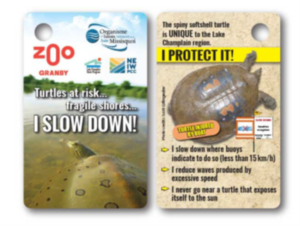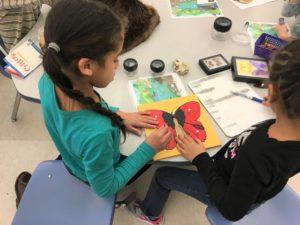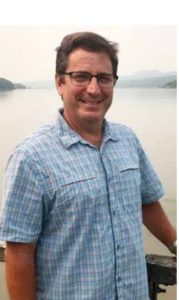-
NEIWPCC Staff Recognized for Leadership in Water Industry
Susan Sullivan, NEIWPCC executive director, and Jen Lichtensteiger, environmental analyst, received recognition last month as part of the New England Water Environment Association’s 2021-22 Awards Program. NEWEA’s Awards Program annually…
-
New Resources Aid in Identifying, Preventing and Managing Harmful Cyanobacteria Blooms
The Interstate Technology and Regulatory Council (ITRC) in collaboration with the Lake Champlain Basin Program (LCBP), a NEIWPCC program partner, have developed new educational and technical materials to help lake…
-
Lake Champlain has a New Ambassador: The Spiny Softshell Turtle
The Granby Zoo, located in Granby, Québec, launched a “spiny project,” using the threatened eastern spiny softshell turtle as the face of their public outreach and stewardship programs in communities…
-
NEIWPCC Comments on Proposed Rule for WOTUS Definition
NEIWPCC recently submitted a letter to the U.S. Environmental Protection Agency (EPA) and the U.S. Department of the Army, commenting upon the proposed rule that helps determine what is defined…
-
New Hudson River Curriculum Guide Advances K-12 STEM Learning
The Hudson River Estuary Program announced a new Hudson River Curriculum Guide, featuring original lessons from the Estuary Program and its partners. The inquiry-based, multi-component science guide is designed for…
-
NEIWPCC Turns 75 and Honors 50 Years of the Clean Water Act
Executive Director Invites Partners to Celebrate NEIWPCC has two “watershed” moments to celebrate in 2022. This year will mark the 50th anniversary of the passage of the federal Clean Water…
-
New Tool Aids in Conservation Planning for Long Island Sound Marshes
A new online interactive viewer is aiding in coastal resiliency planning in New York by showing potential marsh migration areas in the Long Island Sound. The “Marsh-Fate Interactive Viewer” is…
-
Researchers Explore Expanding Nutrient Trading in Long Island Sound
In 2020, NEIWPCC began an exploratory study with rbouvier Consulting and Paul Stacey into the opportunities and obstacles to expand water quality trading in the Long Island Sound watershed. The project…
-
Daniel Miller: Restoring Hudson River Estuary Habitats
Twenty years ago, when Daniel Miller first joined NEIWPCC as an environmental analyst, he was tasked with an ambitious endeavor: develop a plan for restoring Hudson River estuary habitats —…
-
2021-2025 Hudson River Estuary Action Agenda Now Available
The Hudson River Estuary Program, a program of the New York State Department of Environmental Conservation (NYSDEC), released an updated Action Agenda for 2021-2025 to serve as a conservation and restoration…


